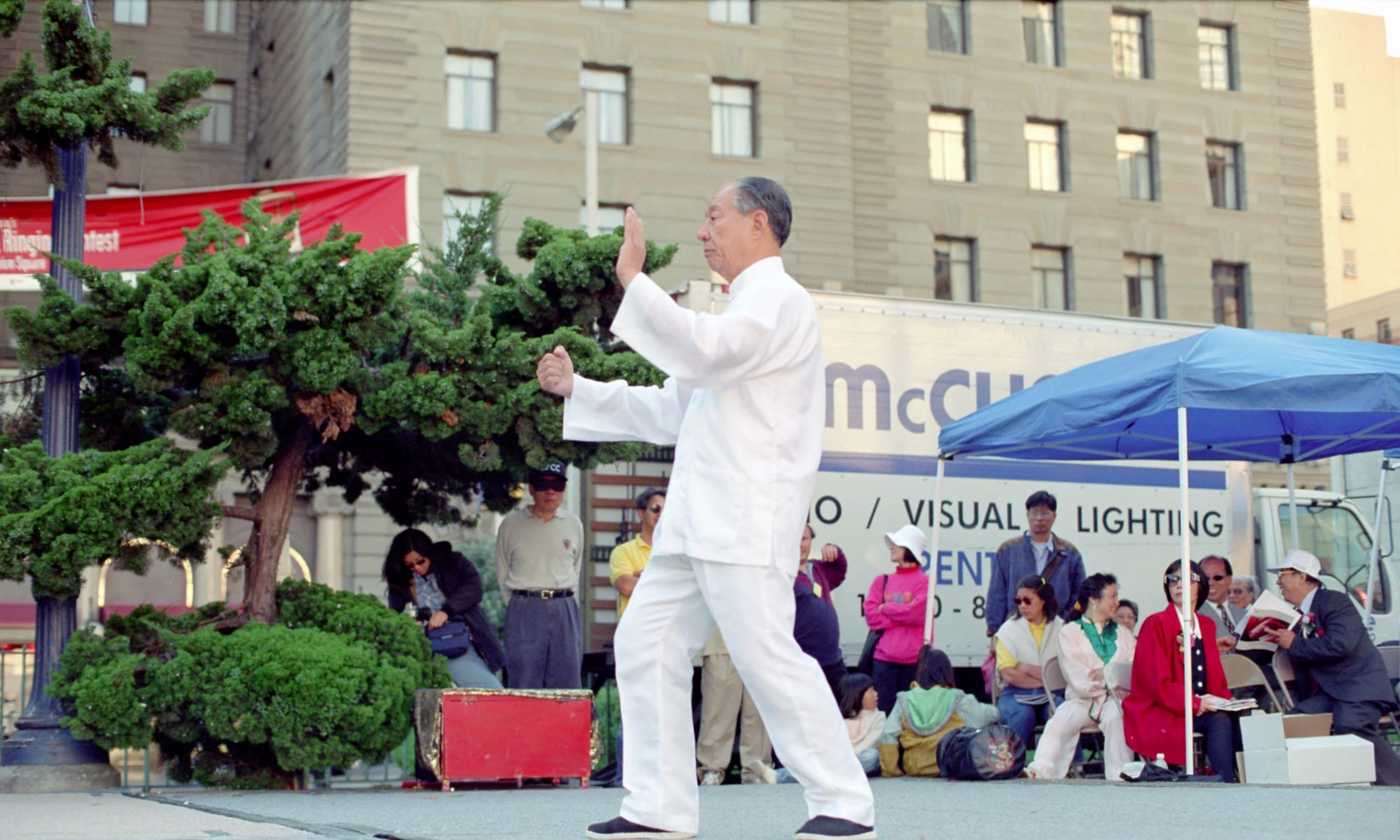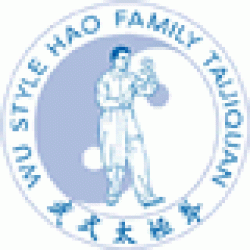Master Liu’s Traditional Chinese Medicine Tui Na
Introduction
Traditional Chinese Medicine (TCM) tui na, also known as TCM massage, or just tui na for short, has been part of the mainstream Chinese medical systems (along with acupuncture, herbal medicine, etc.) for thousands of years, with formal books on the subject dating at least up to 2000 years ago. Since 1949, it’s also been part of the formal medical education and health care systems in China (see reference on tui na books and tui na links).
Lineage
In 1954 Master Liu began his tui na training from a TCM doctor, Dr. Li Xin-min, in Shanghai, whose family has been serving in the Emperor’s court for generations as doctors. His focused study under Dr. Li continued for the next 5 years. Dr. Li Xin-min has only seven students, each specializing in one subject, such as tui na, acupuncture, and herbal medicine. Master Liu has been practicing tui na professionally for over 40 years, until retiring from a Shanghai hospital as a Senior Tui Na Specialist.
Master Liu’s tui na training is slightly different from those of the formal school “system”, and closer to the traditional lineage. As such, it has certain emphasis that is different from that of the school systems or those we commonly encounter, for example:
- its primary focus on tendon massage techniques (whereas acu-points and meridian channels massage techniques are also used as an aide)
- its emphasis on painless therapy sessions. Most patients will only feel slight soreness (if at all) during the therapy, and total relief afterwards. This is contrary to many other massage therapists who emphasize the mantra of “no pains, no gains.”
- its emphasis on not only the tui na therapist’s knowledge, but also his/her internal training, which reveals itself in:
- the therapist’s level of sensitivity to the qi condition of the patient,
- his/her ability to work accurately on different layers of the human body (skin, muscle, tendons, and bones), and
- his/her ability to use the mind intention (as opposed to only applying the techniques mechanically),
to name a few. This is achieved through long-term and rigorous trainings in certain internal martial arts.
Tui Na and Tai Chi
Master Liu entered the field of TCM tui na purely by chance: Dr. Li was a good family friend and took him on as one of his only seven students. It turned out, though, that tui na and tai chi are quite complementary to each other:
All TCM tui na schools require the learner to practice one of the internal martial arts, such as Sinew-transforming Exercise (Yi Jin Jing) or Shaolin Internal Cultivation Exercise (Shaolin Neigong), in order to build up:
- stamina,
- proficiency in the manipulation skills,
- bodily flexibilities, and
- good grasp of qi senses,
among others (see reference on tui na books). tai chi training provides exactly these. Therefore Master Liu has long integrated tai chi into his tui na training regimen. Furthermore, tui na gave him some insights into the inner workings of the body that happens when one practices tai chi. For example, when the bones are extending, they also extend (and loosen up) the tendons.
Main Techniques
There are five main categories of techniques in Master Liu’s school of TCM tui na:
- tendon massage,
- (acu-) points and (meridian) channels massage,
- internal organ massage,
- qi gong massage, and
- children massage
A typical session will follow the sequence of working on the patient’s skin, muscle, tendons, and bones.
Tendons, Tendons, Tendons
Master Liu emphasizes the importance of working on the tendons as a first priority, as opposed to only going after the points and channels. He stresses that only when the tendons’ conditions are taken care of can one continue to work on the points and channels and obtain optimal results. This order of priority is seldom emphasized in today’s mainstream TCM tui na trainings but is in accordance with Master Liu’s own traditional training and his more than 40 years of field experience.
Treatment Goals
The ultimate treatment goal in this school of TCM tui na is to look after the patients’ qi conditions. Qi is one of the central themes in TCM. According to TCM models of the human body, many bodily mal-functions are manifested in one of the following qi problems:
- chaotic, or uneven distribution of qi
- dispersion of qi
- misplaced qi
The practitioner should first diagnose the type and locations of the qi problems and treat accordingly.

